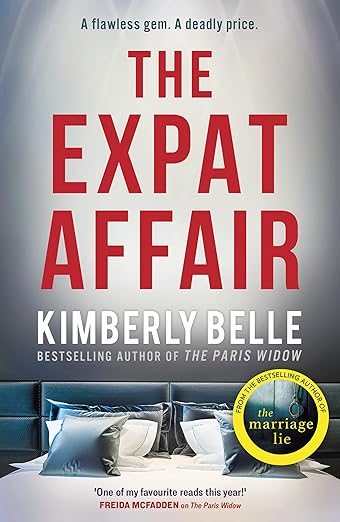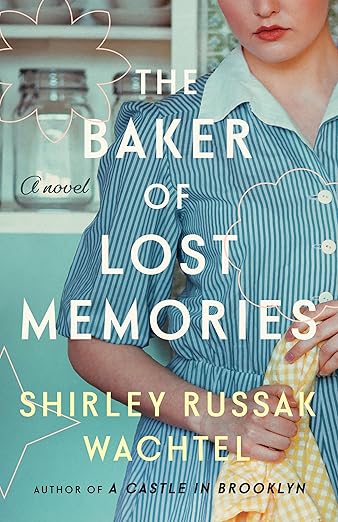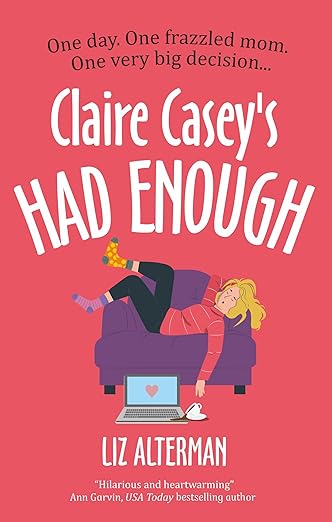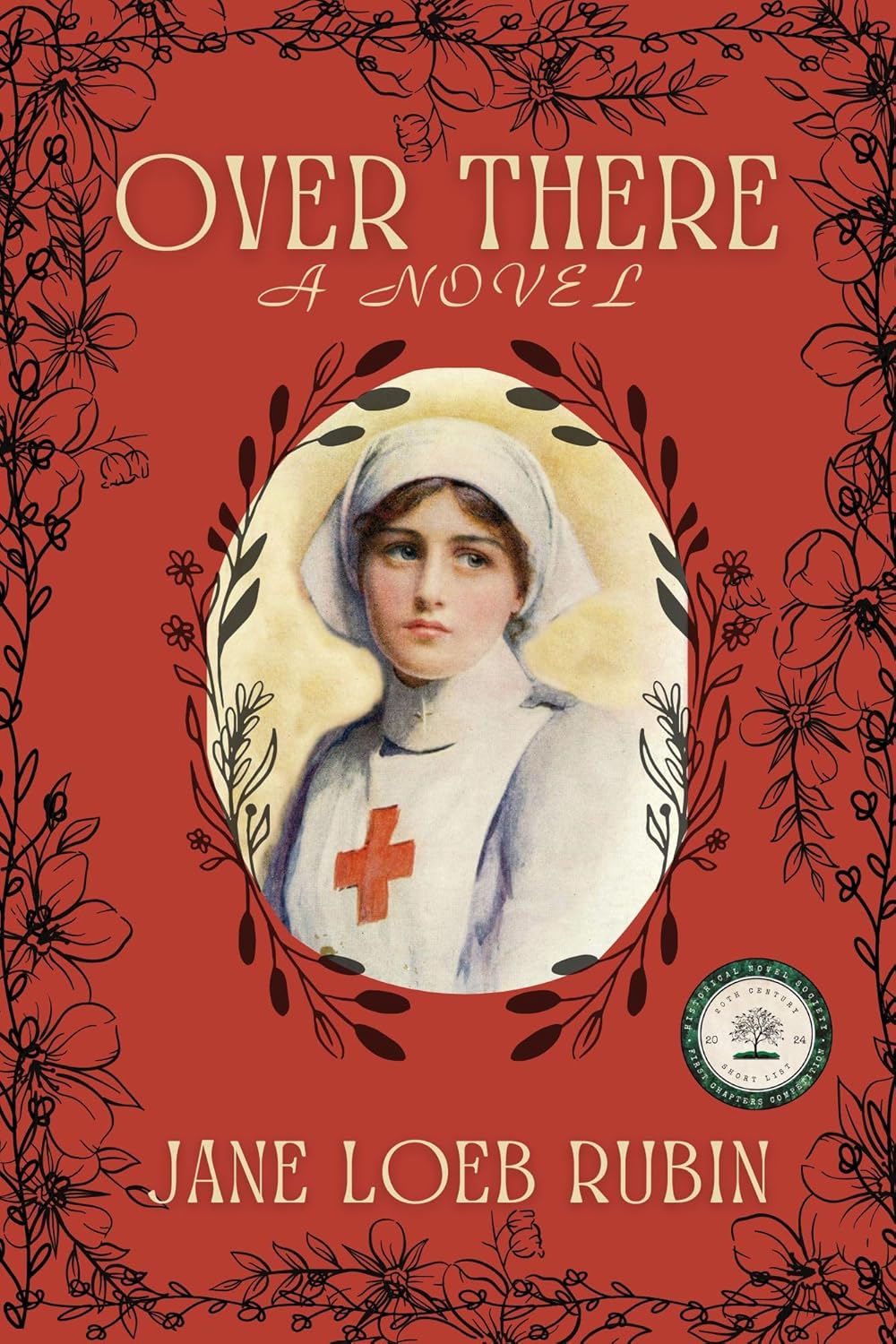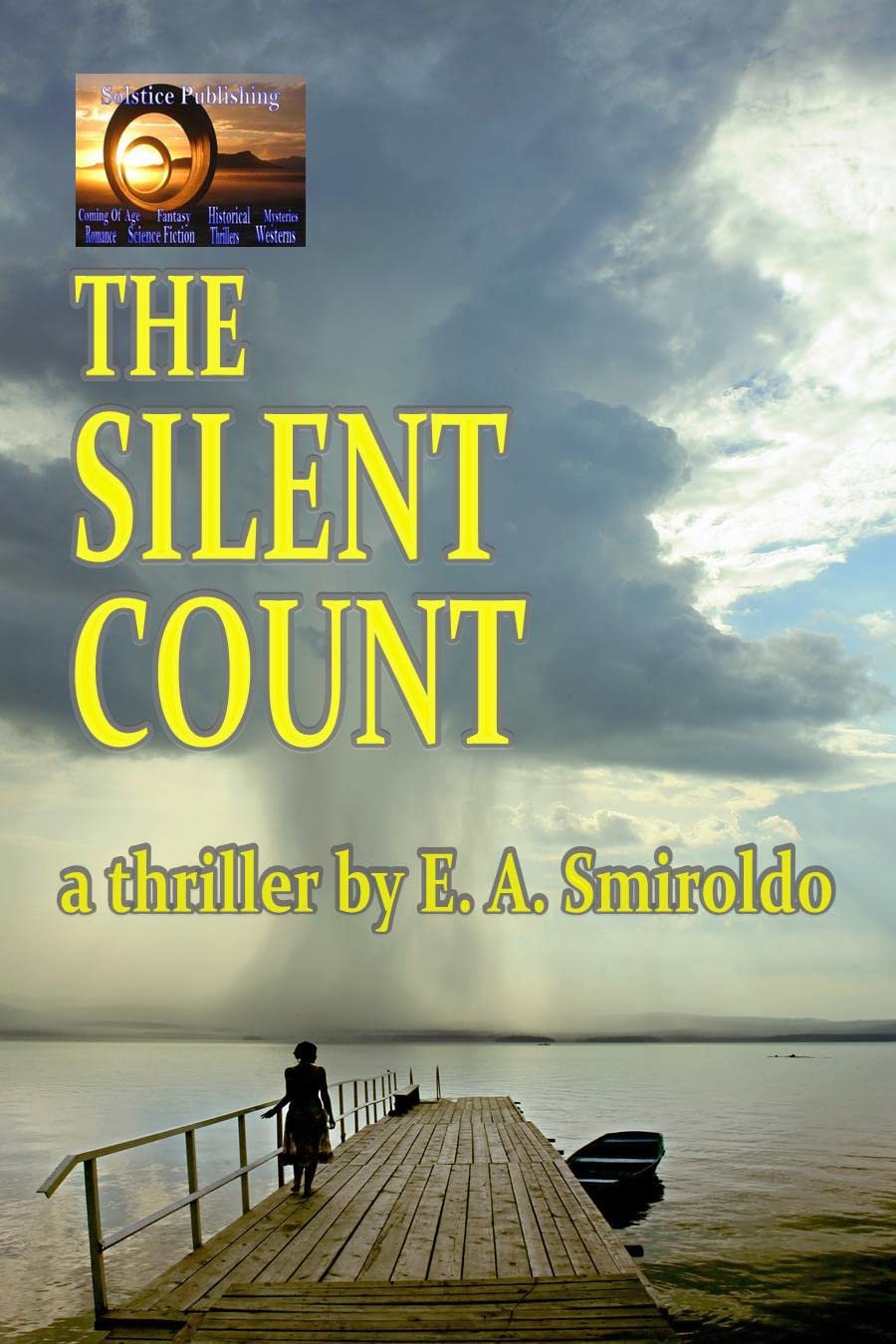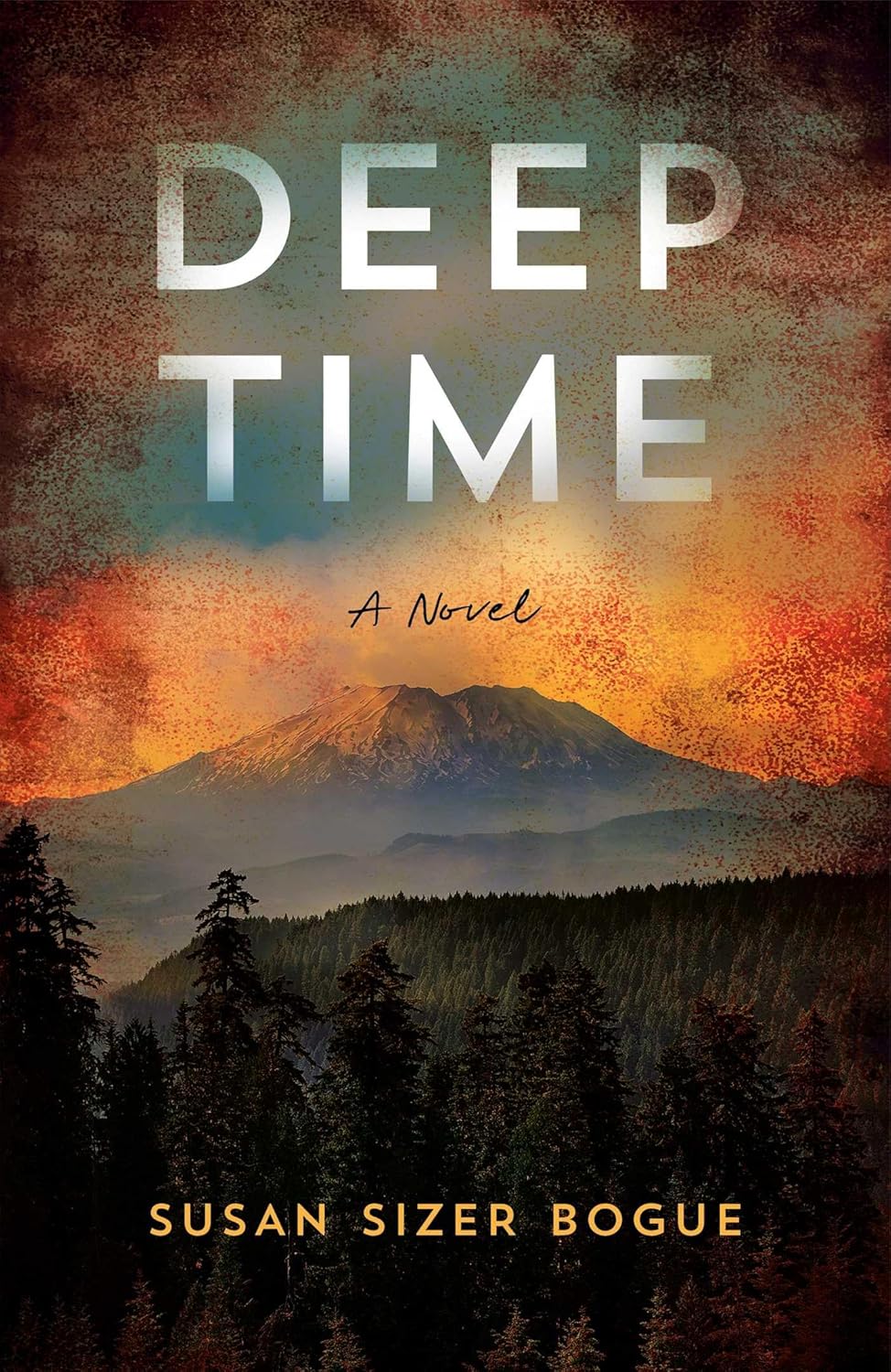Tackling the Daunting Second Novel
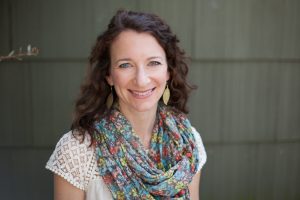 I began writing my second novel while I was querying my debut novel, The Hideaway. “They” tell you to do that to keep yourself from obsessing over the responses that come (or don’t come) from agents. Working on that second book gives you something else to focus on, plus it’s never a bad thing to be able to tell an agent or editor that you’re already working on your next project.
I began writing my second novel while I was querying my debut novel, The Hideaway. “They” tell you to do that to keep yourself from obsessing over the responses that come (or don’t come) from agents. Working on that second book gives you something else to focus on, plus it’s never a bad thing to be able to tell an agent or editor that you’re already working on your next project.
I’d had an idea for another story percolating in my head for a few months and once The Hideaway was officially “in the trenches” of the querying process, I dove into what I assumed would be my next book. What “they” don’t tell you is that writing a second novel is in no way easier than writing the first. I played around with the characters and the setting, but as I tried to get it all onto the page, it was just as daunting as it was the first time around. And once I signed the two-book deal with my publisher, it became even more daunting. Now I knew people would be reading not only my first book, but also this second novel, which was about a quaint garden shop and three generations of women living on a red dirt road in south Alabama.
“Hold up,” I imagine you saying right about now. “I thought your second book was about hurricanes. And cows.”
Hold onto that thought, my friend. First, back to that red dirt road.
I wrote this book about the garden shop for the better part of 2015, but as I approached the ¾ mark, everything changed. My mom got really sick, life felt unsteady, and everything was chaotic. Needless to say, my writing and my brain function suffered. I made myself stick with the novel long enough to give it some sort of ending, though it was super rushed and didn’t do justice to the characters I’d come to love. But even though the ending was untidy, it was there, and I knew when I was ready to go back to it, I’d have at least a skeleton of a story to flesh out.
In early 2016, things slowly tipped back toward normal. My mom was in remission, thank the Lord, and I began to get itchy writing fingers again. Part of it was that a new story had come to my mind—this time about a couple on a dairy farm and two little girls, though the two girls didn’t belong to the couple on the farm. As I began writing what would become Hurricane Season, I got the sense that this story would have the emotional depth I wanted in a follow-up to The Hideaway. It felt personal and, for me, more raw and vulnerable than I thought it would be when the idea first hit me.
A few of the themes that popped up in the story—marriage, motherhood, infertility—didn’t require any research, because they’re familiar to me and many of the people around me. However, another part of the story did require me to research and ask a lot of questions. Since much of the story takes place on a dairy farm and I had absolutely no knowledge of dairy farming (except that I always wanted to set a story on a farm because I thought it was quaint!), I had a lot of questions. I wanted to get the details right so if someone familiar with dairy farming read the book (and hopefully they will!), they wouldn’t roll their eyes at all the things I got wrong! I contacted two southern dairy farms and peppered them with questions. Thankfully, they were kind and helpful, and I’ve come out of this book with an even deeper appreciation for those who spend their time working to get milk into consumers’ hands.
I also thought that after writing The Hideaway from two different points of view (and each in different time periods) I’d write my next novel straight through and stick with one main character the whole time. However, the writing muses surprised me yet again. In Hurricane Season, readers see the whole story from three different viewpoints—Betsy, her husband Ty, and her younger sister Jenna.
Speaking of Jenna, she was the character who went through the biggest transformation during the writing process. At first, she was basically a throw-away character—someone there to help my main character Betsy get what she needed. But the farther I got into the story, the more I realized she was her own person and needed a more fully fleshed-out storyline of her own. Once I started putting meat on the bones of her story, she became much more layered and interesting. I was surprised to discover I empathized with her in a very different way than I did at the beginning. Though she makes some decisions I might not have, I see her side of the story so much clearer, and hopefully the reader will too.
Something similar happened during the writing of The Hideaway. The character of Mags didn’t have her own voice in the first draft. Her story was confined to a journal Sara finds in the attack of The Hideaway. But as I wrote, I realized Mags’s story was much bigger than could be contained in the pages of a journal, so I changed the structure of the story so she could have her own voice. That structure change coupled with how the character of Jenna changed over the course of writing Hurricane Season tells me that I often have to get deep into a story before the specific nuances of characters reveal themselves. Only by going as deep as I can into their minds do I see the best way to present them to the reader. More proof that writers are always learning and always working to make the experience more enjoyable for the reader.
We authors have no control over whether people like our books. While I have an email folder full of lovely emails from very pleased readers of The Hideaway, I also have a special file for emails coming from readers who were…let’s just say, less than pleased. The phrase “sophomore slump” is casually tossed around anytime an author has a second novel coming out, but I’m not worried. I truly love this story. It won’t be the book for everyone, but no book can please all the readers. I learned that a long time ago. My main requirement for books I write is this: Is it a book I would pick up and read at the end of a long day? If the answer is yes, I know it’s worth writing. To think that a reader would choose my book to read at the end of their day (or in carpool line or on a lunch break or on the commute into work) is an honor that I will never take lightly.
—
Born and raised in Mobile, Alabama, Lauren now lives with her husband and two daughters in Homewood, just outside Birmingham. In addition to her fiction, she writes a monthly newspaper column about life, faith, and how funny (and hard) it is to be a parent. On any given day, she’d rather be at the beach with her family and a stack of books. Her debut novel, The Hideaway, is a USA Today, Wall Street Journal, and Amazon Charts bestseller. Her second novel, Hurricane Season, releases April 3, 2018.
Connect with Lauren on her website LaurenKDenton.com, on find her on Instagram, Twitter, or Facebook
About HURRICANE SEASON
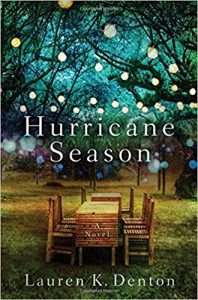 When her grandmother’s will wrenches Sara back home from New Orleans, she learns more about Margaret Van Buren in the wake of her death than she ever did in life.
When her grandmother’s will wrenches Sara back home from New Orleans, she learns more about Margaret Van Buren in the wake of her death than she ever did in life.
After her last remaining family member dies, Sara Jenkins goes home to The Hideaway, her grandmother Mags’s ramshackle B&B in Sweet Bay, Alabama. She intends to quickly tie up loose ends then return to her busy life and thriving antique shop in New Orleans. Instead, she learns Mags has willed her The Hideaway and charged her with renovating it—no small task considering Mags’s best friends, a motley crew of senior citizens, still live there.
Rather than hurrying back to New Orleans, Sara stays in Sweet Bay and begins the biggest house-rehabbing project of her career. Amid Sheetrock dust, old memories, and a charming contractor, she discovers that slipping back into life at The Hideaway is easier than she expected.
Then she discovers a box Mags left in the attic with clues to a life Sara never imagined for her grandmother. With help from Mags’s friends, Sara begins to piece together the mysterious life of bravery, passion, and choices that changed Mags’s destiny in both marvelous and devastating ways.
When an opportunistic land developer threatens to seize The Hideaway, Sara is forced to make a choice—stay in Sweet Bay and fight for the house and the people she’s grown to love or leave again and return to her successful but solitary life in New Orleans.
Category: How To and Tips, On Writing




